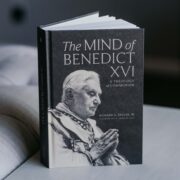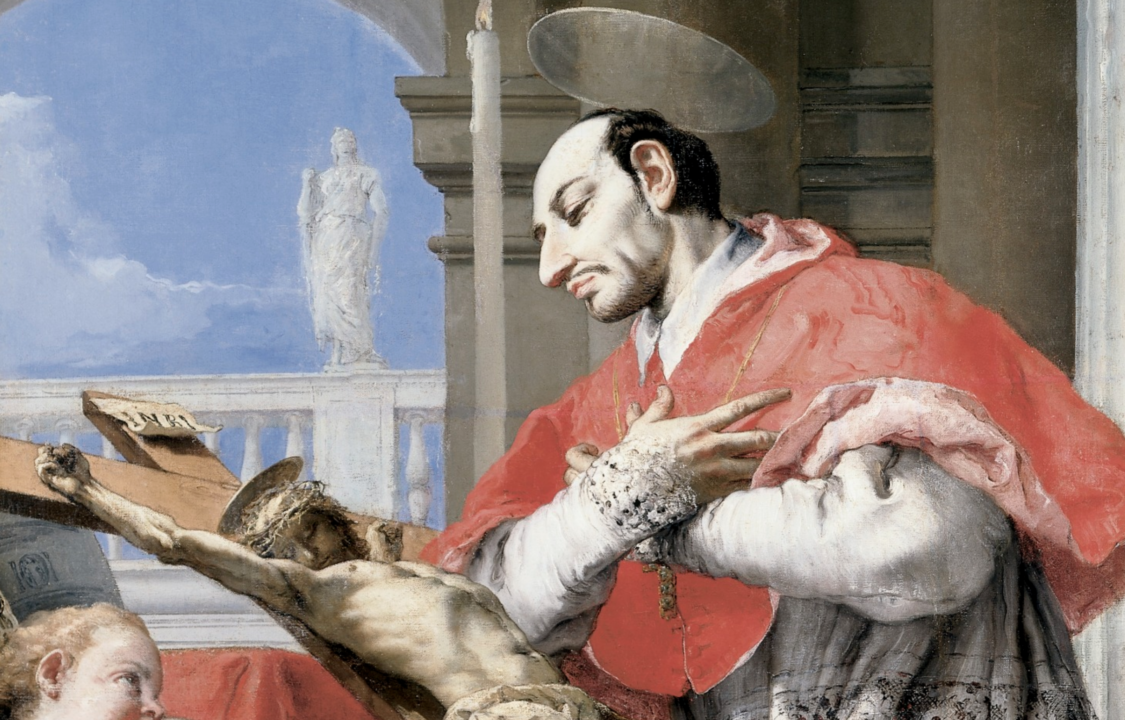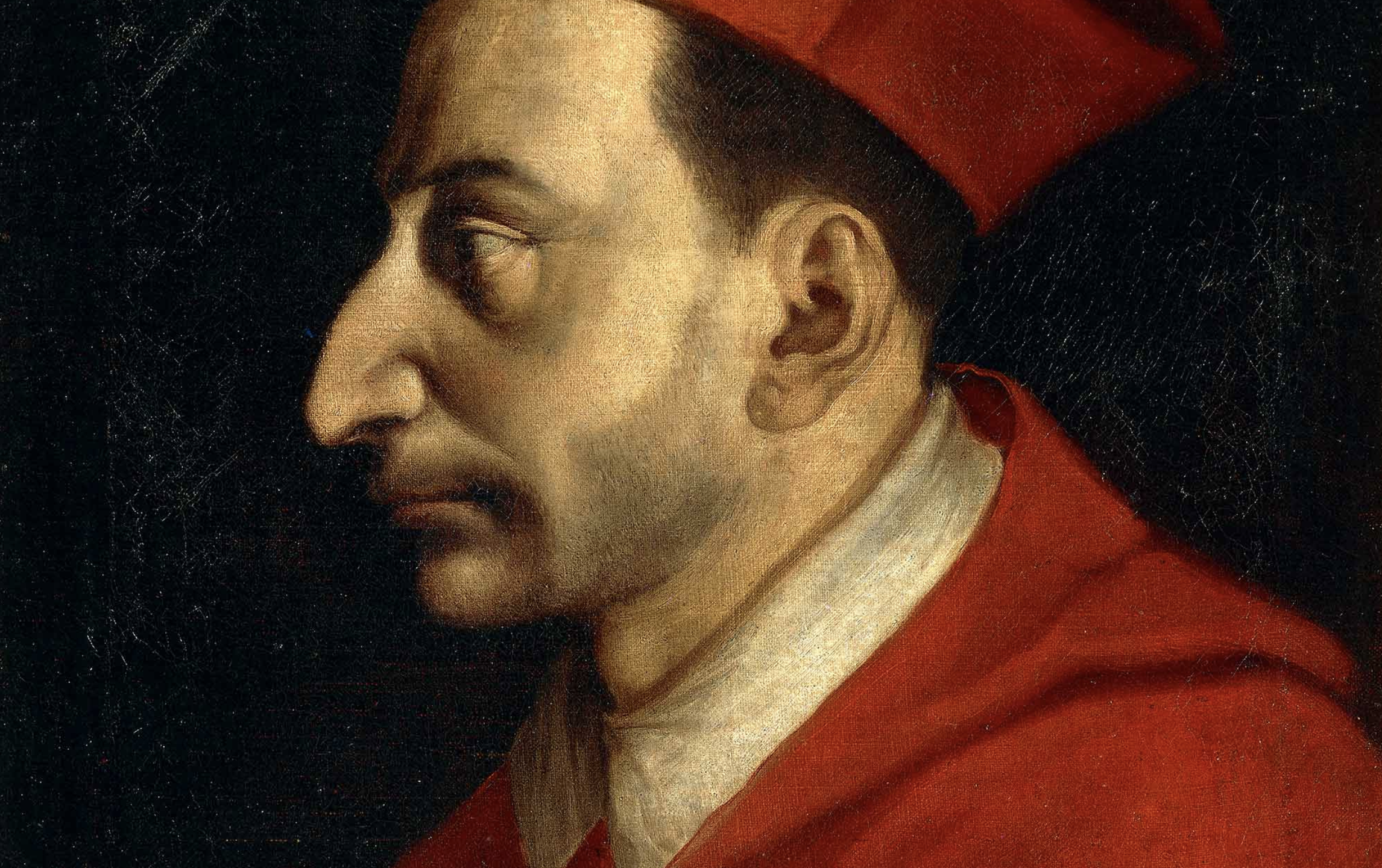Charles Borromeo was born in Arona, Italy, in 1538. He was given a good education and by the time he was twenty-one, he had degrees in both civil and canon law. Despite the possibility of a well-paid career as a lawyer, Charles sensed a call to the priesthood and was ordained in 1563 at the age of twenty-five. Two years later, he was chosen to be Archbishop of Milan, which was the largest archdiocese in Italy, with about 3,000 priests and 800,000 people. He was a nephew of the pope at the time—Pope Pius IV—who invited him to take part in the final stages of the Council of Trent. This detail is important for it introduced Charles to the work of a synod and when the Church gathers to discern matters of doctrine and pastoral care. For the next twenty-one years, Charles worked tirelessly to implement the reforms of the council across his archdiocese, meeting with people and priests and providing the spiritual leadership required for the reforms to be successful. There are a number of hallmarks of the ministry of Charles that are important to note.
Following the Council of Trent, Charles dedicated himself to the reform of the Church, not just structurally but spiritually.
Closeness to God’s People
In his address to the community of the Pontifical Lombard Seminary in Rome, Pope Francis spoke of Charles: “He wanted pastors who would be servants of God and fathers to their people, especially the poor” (January 25, 2016). As a servant of God and father to his people, Charles was an outstanding example of a bishop whose care for the people was tested by fire. In the 1570s, Milan was struck by a plague. This was made worse by a shortage of food, leaving many people malnourished and more at risk of disease. Faithful to his episcopal motto, Humilitatis (“Humility”), he visited and comforted the sick during the plague years of 1576 and 1577, sparing no expense of his own to care for the afflicted.
During that time, a procession was held through the city of Milan to implore God’s healing. It was led by Charles, who walked barefoot with a rope around his neck carrying the cathedral’s most precious relic—a nail from the True Cross. Charles clearly helped his people to see how their suffering was a participation in the Passion of Christ, but did so in a way that offered them hope. His example of pastoral care, compassion, and spiritual leadership made the people of Milan look upon him as both one of their own and as their true shepherd and priest.
Teacher of the Gospel
Following the Council of Trent, Charles dedicated himself to the reform of the Church, not just structurally but spiritually. He supervised the writing of a new catechism in a language and style that made the faith more accessible and attractive. He formed a Confraternity of Christian Doctrine for catechists and might be regarded as the founder of the Sunday School model for helping people engage more meaningfully with the Gospel and to grow in faith.

With all his reforms, Charles’ great instrument was the synod. He made a pastoral visitation of the whole archdiocese three separate times—a feat that was extraordinary, given the limited means of transportation and the size of the archdiocese of Milan. He founded seminaries and built churches, schools, colleges, and hospitals. He achieved all of this, not by working alone, but with other people whose respect he had earned over many years.
In all, he held about eleven diocesan synods as well as a number of provincial councils. These were not democratic assemblies but occasions when Charles could present to the whole diocese the findings of his journeys and visitations. They were also opportunities for him to teach the faith at which he excelled. The Reformation was a moment of profound crisis for the whole Church, but for Charles, it was an opportunity to clarify what the Church believed and her reasons for doing so. He was one of the main figures of the Counter-Reformation, and like others, such as St. Francis de Sales and St. Robert Bellarmine, his approach was not defensive or polemical but evangelical and convincing. In times that were darkened by confusion and division, Charles began with reform of his own life as he embraced a life of prayer, penance, and dedication to his people.
From the life of St. Charles, we see that structural reform is not enough. What matters most is a spiritual reform.
The Great Reformer
Charles courageously renewed ecclesial structures to make them fit for purpose and fit for mission. He encouraged priests, deacons, and religious to believe in the strength of prayer, penance, and encouraging a love of holiness. He famously said that “souls are won only on one’s knees.” His warning to priests against activism at the expense of prayer and self-care has huge relevance for priests today: “Are you in charge of a parish? If so, do not neglect the parish of your own soul, do not give yourself to others so completely that you have nothing left for yourself. You have to be mindful of your people without being forgetful of yourself” (From a Sermon by Charles Borromeo, Office of Readings, 4th November). Other great reformers were inspired by St. Charles as we can be today. Pope St. John XXIII deliberately chose St. Charles’ feast day, November 4, as the day of his coronation as pope in 1958. His successor, Pope St. Paul VI, sent a dozen of Borremeo’s orations to all the bishops of the world as sources of inspiration. These orations and homilies are not blueprints for structural reform but exhortations to holiness, which is the primary catalyst for reform.
On this Feast of St. Charles Borromeo, may God fan into a flame the gift of the Spirit so that, like Charles, we may grow closer to God and one another, having a burning desire to preach the love of Christ and teach the Gospel. And may each of us become reformers of the Church from within, beginning with ourselves.

